The ultimate guide to baking with chocolate
Master the art of baking with chocolate this World Chocolate Day! Pastry chefs Motheba Makhetha and Jenna Short share expert tips on tempering, preventing seizing, and choosing between dark, milk and white chocolate.
When you’re whipping up a decadent flourless cake, a silky ganache, or a batch of fudgy brownies, the right chocolate can make all the difference. But with so many varieties and techniques to master, it’s easy to feel overwhelmed.
This World Chocolate Day, 7 July, we turned to two chocolate experts – Motheba Makhetha, pastry chef and winner of the Eat Out Woolworths Cacao Barry Dessert Award; and Jenna Short, chocolatier, confectioner and owner of Short & Sweet – to break down everything home bakers need to know. From choosing the right chocolate to tempering like a pro, here’s your foolproof guide to baking with chocolate.
Dark, milk or white chocolate: which should you use?
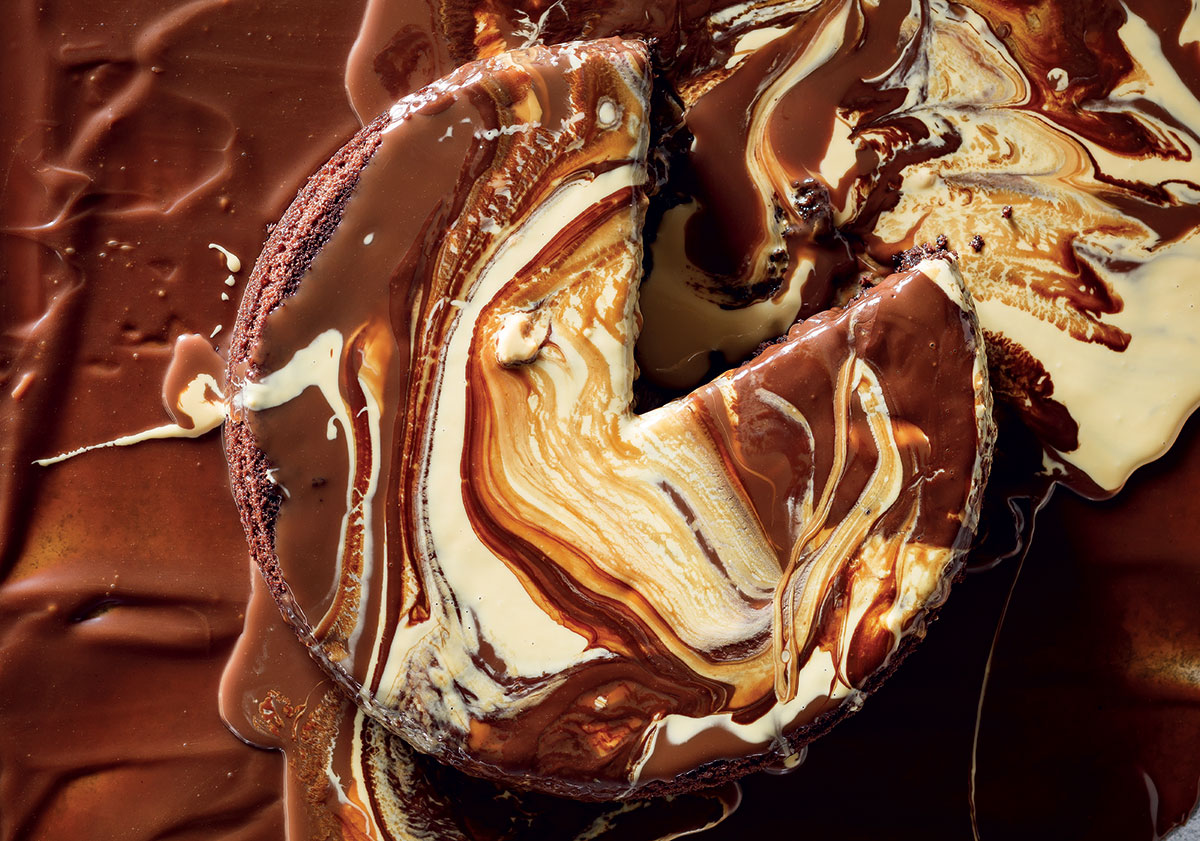
Not all chocolate is created equal. The cocoa percentage, fat content and sweetness level drastically affect texture and flavour in baking.
“The difference between dark, milk and white chocolate is their cocoa content. White chocolate primarily lacks cocoa solids, while dark chocolate has the highest cocoa percentage,” says Motheba. “When it comes to baking, dark chocolate has a more intense, somewhat bitter flavour, and a firmer texture. Milk chocolate is a bit sweeter and creamier. White chocolate, because of its high percentage of cocoa butter and milk solids, results in a much sweeter, buttery flavour, with a smooth and creamy consistency.”
Dark chocolate: rich and intense

Dark chocolate pâté with toasted brioche
With 50–90% cocoa solids, dark chocolate delivers a deep, slightly bitter flavour.
“The darker the chocolate and the higher the cocoa percentage, the more intense the cocoa flavour,” Jenna explains. “Having the highest cocoa content, dark chocolate offers less sweetness, and more structure and firmness in bakes and desserts.”
Best for: Brownies, flourless cakes, truffles and ganache, where a sophisticated, intense chocolate flavour is key.
Milk chocolate: creamy and sweet
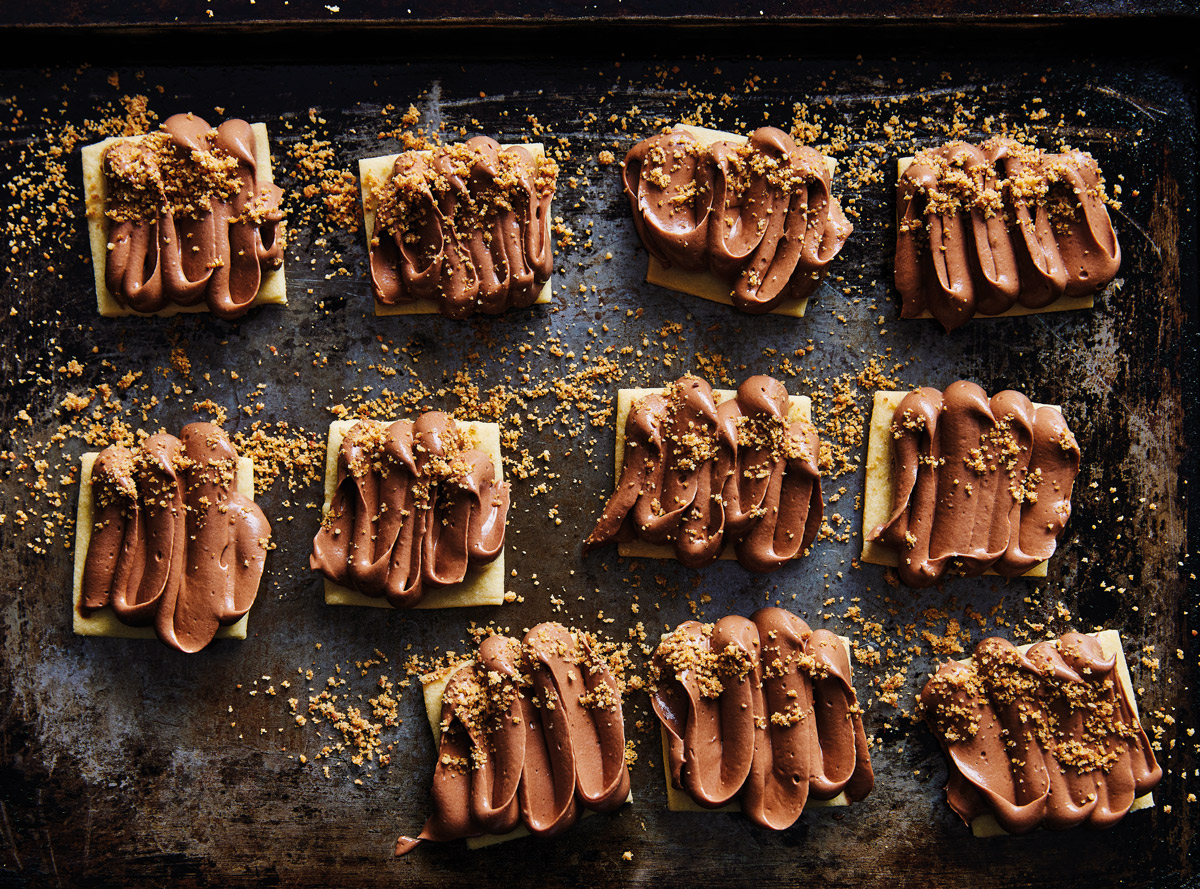
Containing 30–50% cocoa solids, milk chocolate is sweeter and softer.
“Milk chocolate has a less intense cocoa flavour, and is therefore better for cookies, chocolate chunks or mousses,” says Jenna, adding that milk chocolate has a softer melt compared to dark chocolate, and gives desserts a softer set texture. “It also contains a higher sugar and dairy content compared to dark chocolate, and tends to burn more easily on the heat – so always be gentle when melting/heating it up.”
Best for: Cookies, milk chocolate mousse, or desserts where a milder, creamier chocolate is preferred.
White chocolate: buttery and versatile

White chocolate-and-mocha millionaire’s shortbread
There are many misconceptions around white chocolate and using it for baking.
“A common misconception is that white chocolate isn’t ‘real’ chocolate, and that it can be easily substituted with dark chocolate in recipes,” Motheba explains. “It’s always important to take into consideration the ratios used in a recipe, and that they are not aways easily interchangeable.”
Best for: Ganaches, glazes, blondies and pairings with tart fruit, like berries or citrus.
How to temper chocolate like a pro
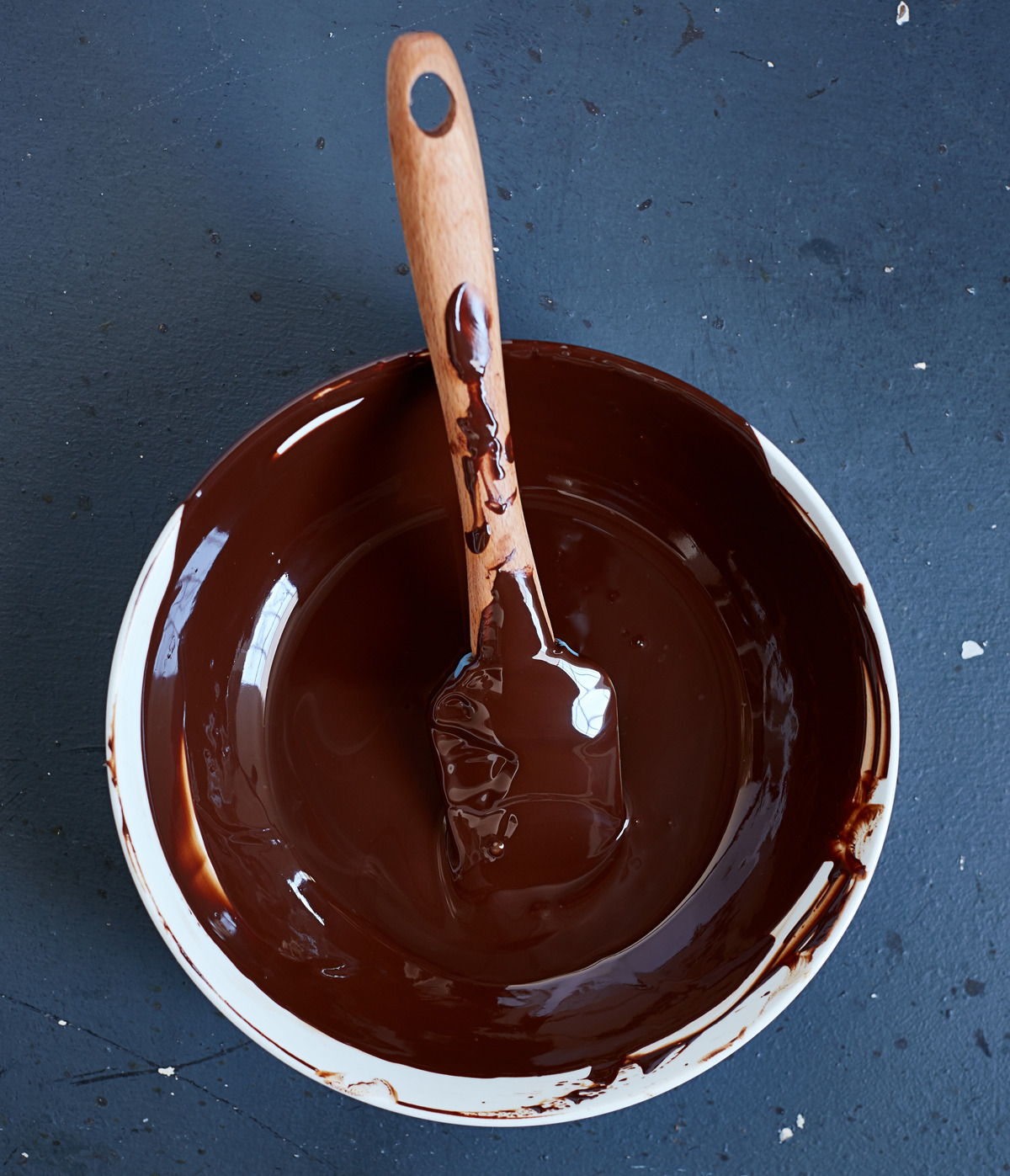
Tempering ensures that chocolate sets with a glossy finish and crisp snap, which is essential for desserts such as truffles or dipped fruit, or chocolate decorations.
The seeding method (great for beginners)
Both Jenna and Motheba swear by this technique:
- Chop the chocolate finely, reserving ⅓ of it.
2. Melt ⅔ over a double boiler (or microwave in 20–30 second bursts) until the temperature is within the following ranges:
- Dark chocolate: 45–50°C
- Milk chocolate: 40–45°C
- White chocolate: 38–43°C
3. Remove from heat and stir in the reserved chocolate gradually, until melted.
4. Cool to working temperature (dark: 31–32°C; milk: 29–30°C; white: 28–29°C).
5. Test temper by spreading a little on baking paper – it should set within 5 minutes with a glossy finish.
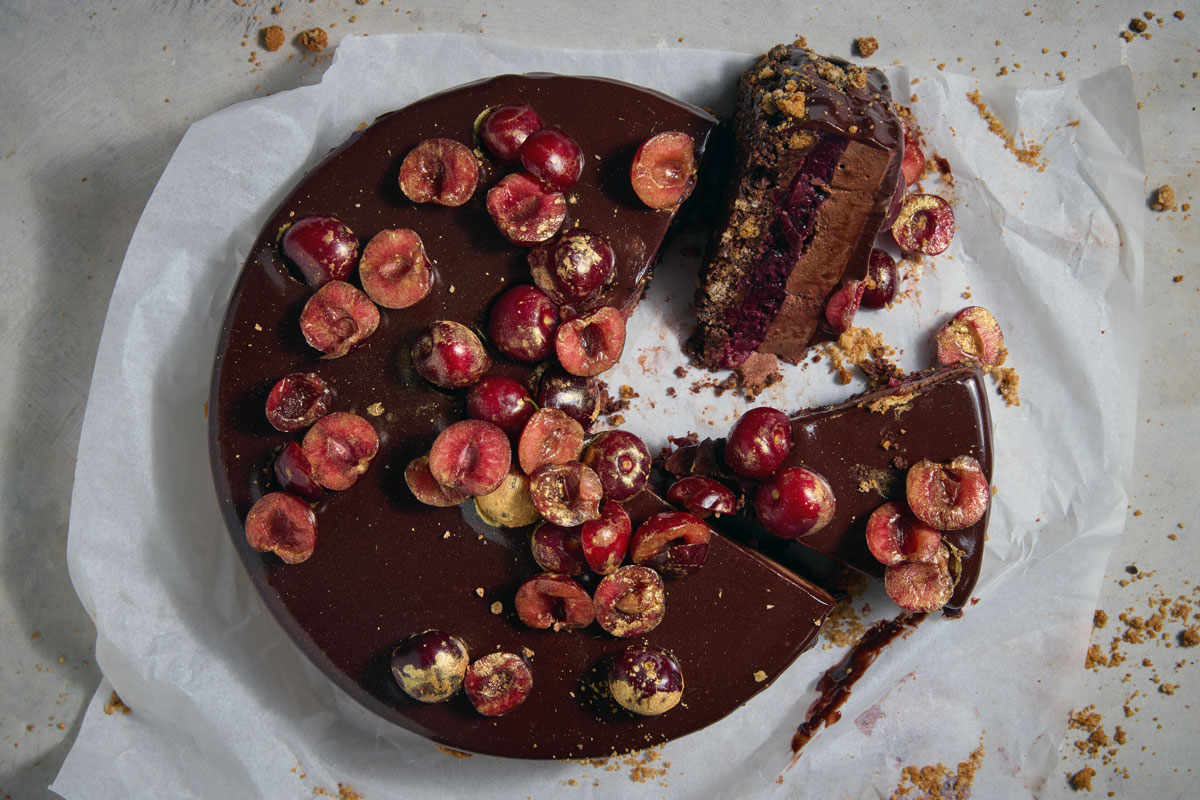
Chocolate-and-cherry mousse cake with mirror glaze
“Keep the chocolate in a workable temperature range with a hairdryer if it begins to set and thicken,” says Jenna. “Remember not to exceed the last temperature window, and always melt slowly. Chocolate work should never be rushed!”
“Chocolate that is tempered correctly is shiny and has a snap when you break it,” says Motheba. “Chocolate that isn’t tempered correctly is dull, melts quickly and does not have the snap when you break it. The chocolate will also ‘bloom’ – that’s when you notice white streaks in the chocolate.”
No thermometer?
“Step one: buy a thermometer!” says Jenna. “If a thermometer isn’t available, repeat the seeding method mentioned above, paying close attention to the temperatures by checking against your body temperature and feeling the bowl. Chocolate burns above 55 degrees, so it should be warmed to just above your body temperature but never able to burn you. Continue the process as mentioned above from there.”
FOR MORE CHOCOLATE TIPS, READ THE GREAT GUIDE TO CHOCOLATE
Avoiding chocolate disasters: seizing and overbaking
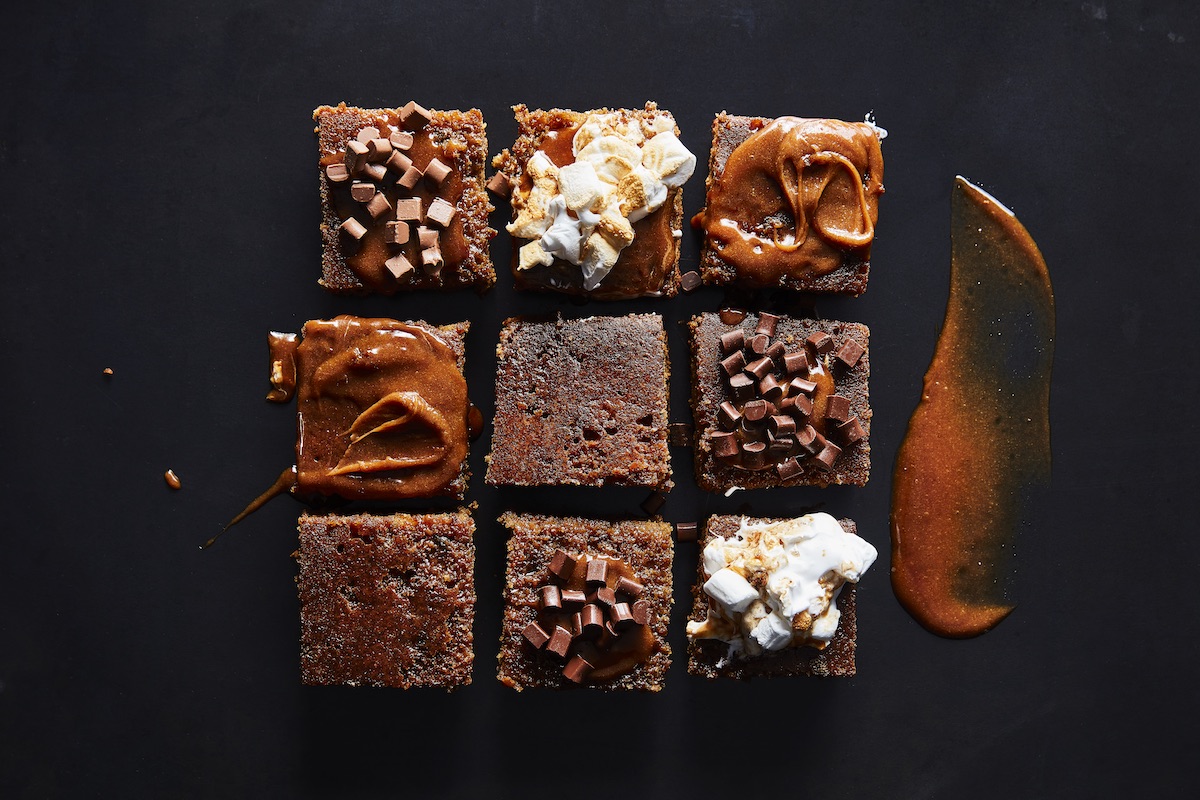
Chocolate-and-gingerbread tray sponge
Why chocolate seizes (and how to fix it)
Chocolate seizes when water or steam touches it, turning it grainy and clumpy.
“Ensure that all your utensils and bowls are completely dry and free from any moisture,” says Jenna. “Be careful not to introduce steam (from melting chocolate over boiling water), and keep the heat low to prevent steam/excess moisture from coming in contact with the chocolate.”
“Chocolate can seize from water getting into contact with it as it melts, or when it overheats and burns,” Motheba adds. “This can be prevented by taking care not to introduce sudden bursts of heat.”
Overheating and overbaking
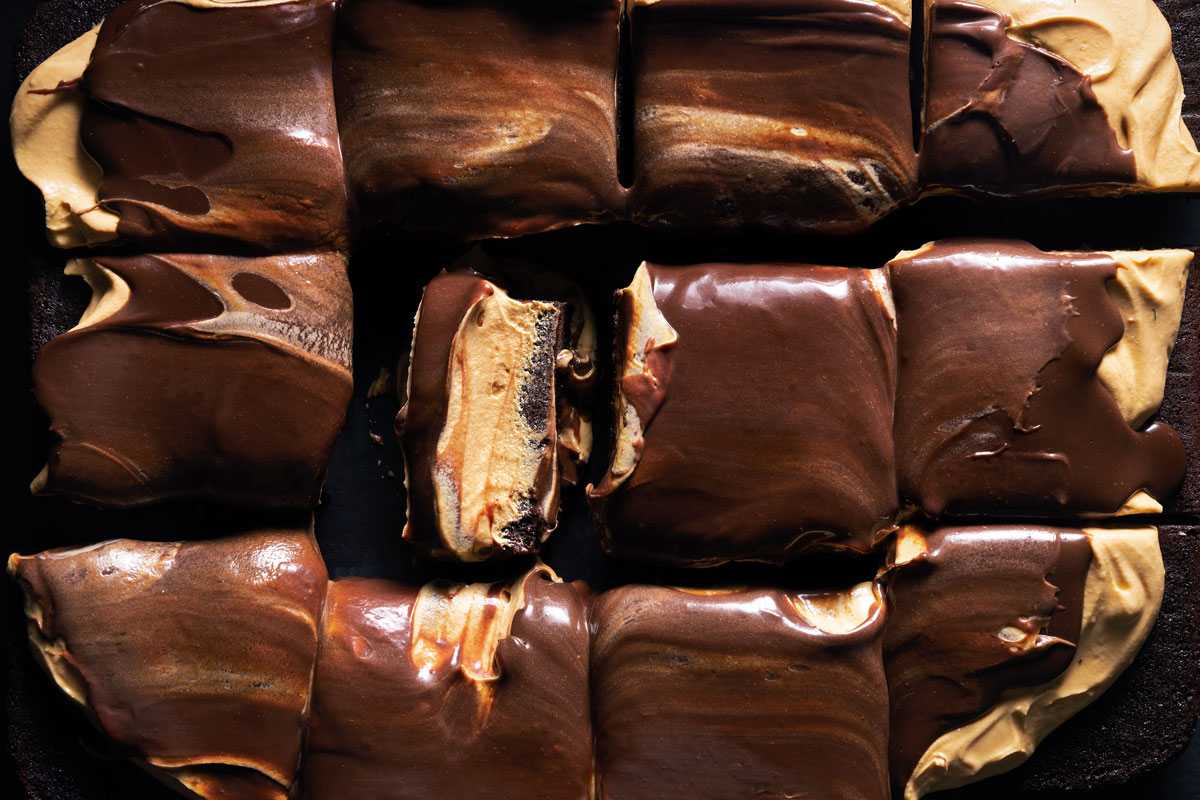
Chocolate brownies with caramel mousse
Burnt chocolate becomes bitter and greasy.
“Aside from the textural changes and loss of flavour, its appearance will be dull and flat,” says Jenna, whose advice is to always melt chocolate “low and slow”. “When making ganache, always heat the cream and pour it over the chocolate, never the other way around.”
Jenna’s other tips:
- Stir frequently to distribute heat evenly.
- Use a stick or immersion blender to ensure proper emulsification of fats.
- Avoid overbaking and a dry result by checking “doneness” early.
- Bake until just set – many chocolate-based desserts and baked goods continue to cook from residual heat after being removed from the oven.
- For mousses, glazes and egg-based desserts, allow the chocolate to cool slightly before combining. They should be similar in temperature.
Storing chocolate: keep it fresh
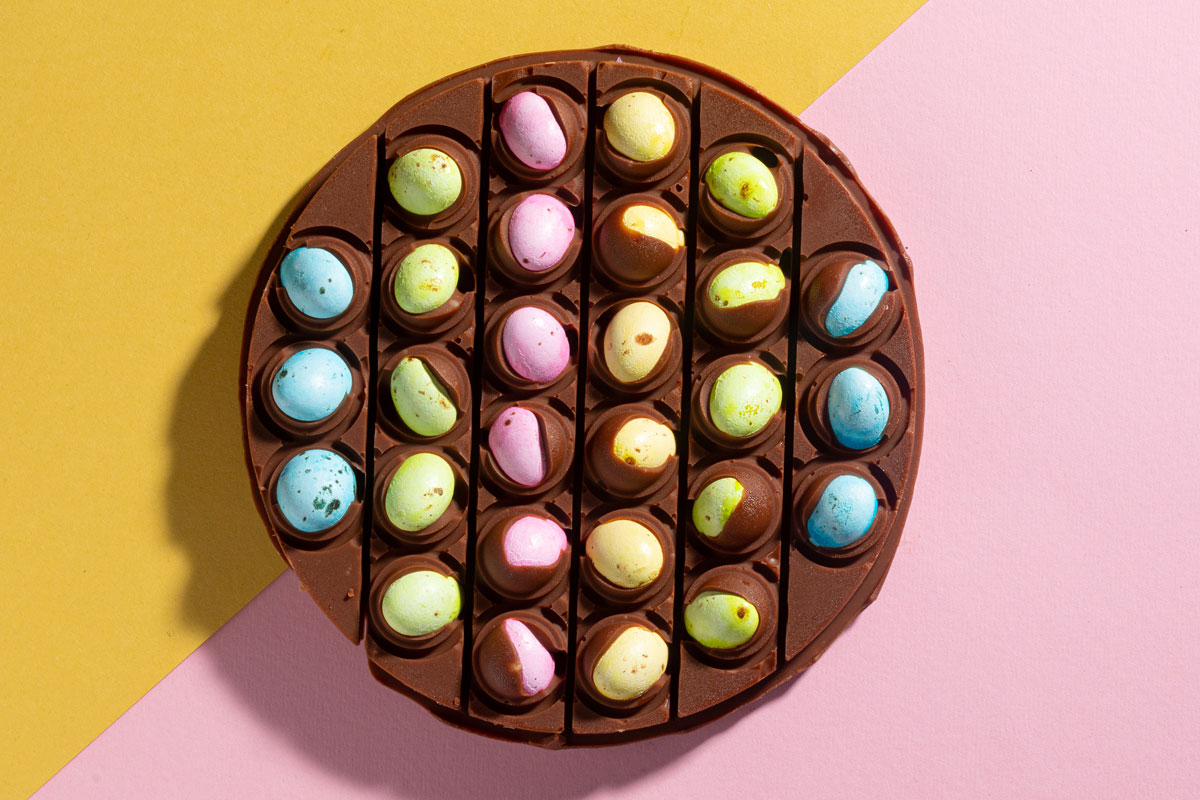
“Store chocolate either in an airtight container or a resealable bag away from direct sunlight,” says Motheba, while Jenna advises keeping your chocolate away from the fridge, because it’s sensitive to strong odours and temperatures.
Expert tips to elevate your baking
Splurge vs save on chocolate
While it does depend on your budget, both chefs recommend splurging on premium chocolate if you can – especially when chocolate is the focus of the dessert.
“Premium chocolate contains cocoa solids and cocoa butter; both are required to make its flavour exceptional and expensive. For tempering, bonbons, bars, mousses and chocolate-based bakes or desserts, I’d recommend using premium chocolate,” says Jenna.
And Motheba agrees, saying: “I think home bakers should splurge occasionally on the right chocolate!”
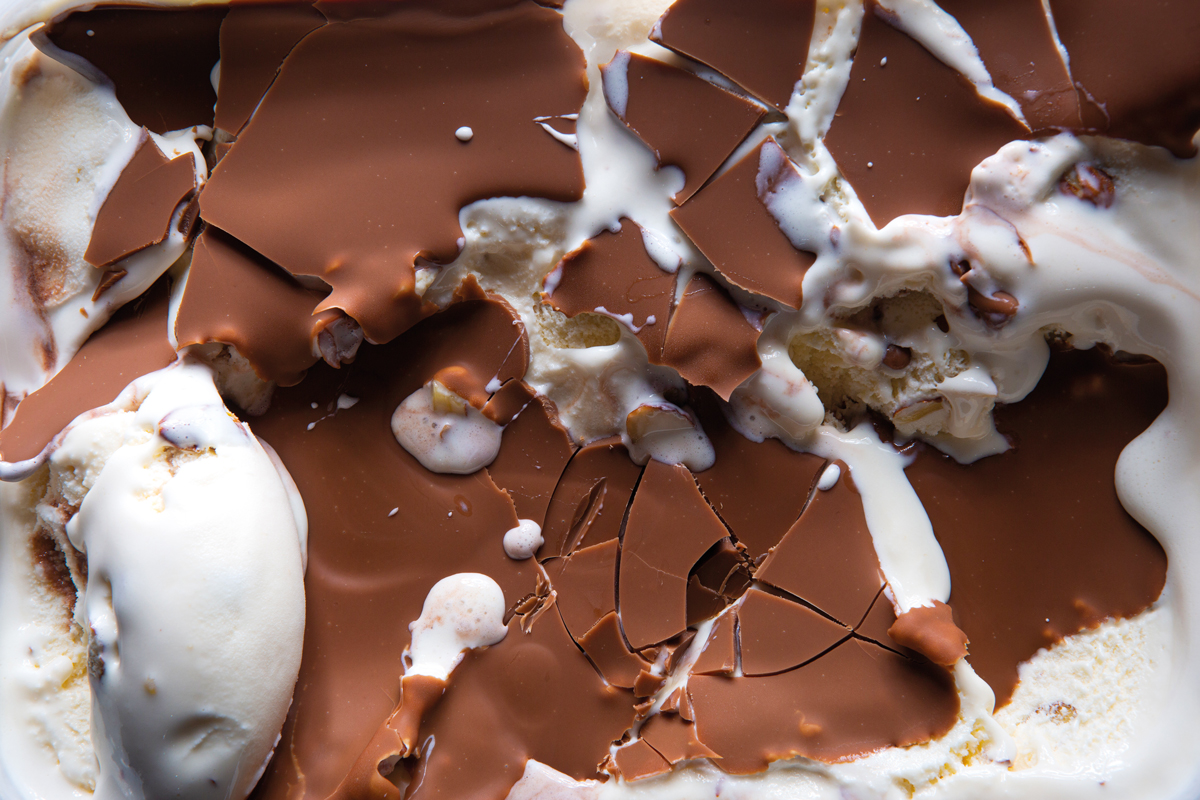
Chocolate crack shell for ice cream
ALSO READ: THE ULTIMATE CHOCOLATE CAKE ROUND-UP
Simple yet luxurious desserts
- Jenna’s pick: “I love a good chocolate brownie – rich, gooey and fudgy… You can’t go wrong.”
- Motheba’s favourite: “A chocolate fondant – it’s relatively easy to make, tastes amazing, and always makes a statement.”
Baking with chocolate is an art, but with these expert tips, you’re well-equipped to create showstopping desserts. Whether you’re tempering for the first time, or choosing between dark and white chocolate, remember: slow and steady wins the race.
This World Chocolate Day, why not try your hand at a glossy tempered chocolate tart or a batch of fudgy dark-chocolate brownies? Your taste buds will thank you!



Comments